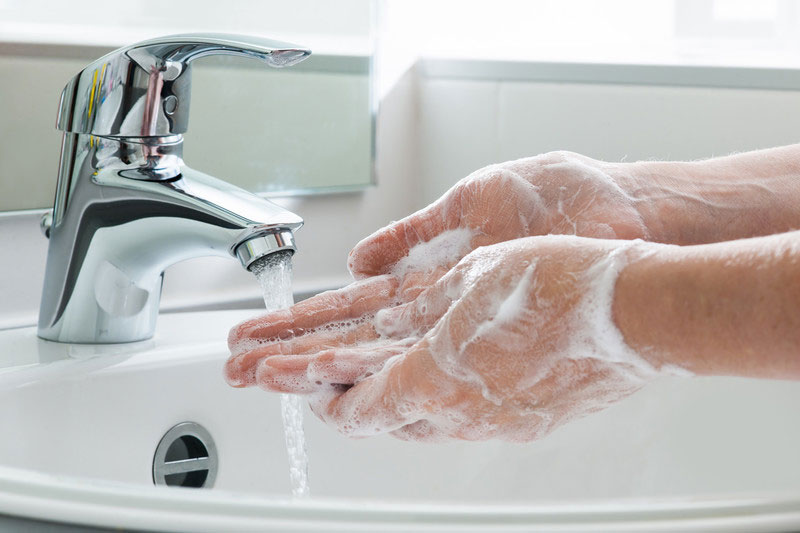One of the main problems physicians face today is providing effective care for increasing complex health problems. Medical transcription outsourcing helps them manage their burdensome EHR documentation tasks and capture the complexities of various medical conditions. Infections caused by antibiotic-resistant germs or superbugs are one of the world’s most urgent public health problems. Complex and often impossible to treat, antibiotic-resistant infections require extensive hospital stays, additional follow-up visits, and powerful, toxic drugs.

In 2016, the Centers for Disease Prevention and Control (CDC) reported that 1 in 7 hospital-acquired infections (HAIs) are caused by antibiotic-resistant superbugs. Common drug-resistant bacteria include:
- Carbapenem-Resistant Enterobacteriaceae (CRE): Resistant to all antibiotics, CRE is typically found in the stomach and can cause life-threatening blood infections.
- Multidrug-Resistant Acinetobacter: Most common in hospitals, the superbug strain of this bacterium is present in soil and water and on the skin.
- Neisseria gonorrhoeae: These bacteria are responsible for causing STD gonorrhea.
- MRSA: Methicillin-resistant Staphylococcus aureus (MRSA) is a difficult-to-treat antibiotic-resistant staph infection.
- Clostridium difficile (C.diff): Found in the intestines, C. diff can grow quickly and cause severe diarrhea. It is spread through spores in bathrooms and on clothing, and if not treated, can turn fatal.
According to a November 2018 CDC report, patients’ risk of acquiring HAIs caused by superbug strains of Clostridium difficile (C.diff) or MRSA or methicillin-resistant staphylococcus aureus and surgical site infections (SSIs) dropped between 2011 and 2015. However, an Outpatient Surgery Magazine (December 2018) article highlighted that the American College of Surgeons notes that “SSIs are still the most common cause of HAIs and cost the healthcare system an estimated $10 billion to treat each year.”
Experts point out that drug-resistant superbug infections in hospitals are caused by unwashed hands, rooms that are not properly cleaned, excessive use and misuse of antibiotics, a lack of careful hygiene in inserting catheters and other tubes, and delay in detection of outbreaks. People who have low immunity, the elderly, infants, and surgery patients are vulnerable to hospital superbugs.
NBC News reported: “Doctors are the key to stamping out superbugs. Antibiotic resistance threatens to return us to a time when a simple infection could kill,” CDC Director Dr. Tom Frieden told reporters…
The CDC’s recommendations for controlling CRE focus on traditional methods such as:
Rigorous hand cleaning by staff and visitors: hand-washing is the most important way to prevent infections, but studies report that only about 50 percent of U.S. health care workers clean their hands properly always (Scientific American)
- Isolating infected patients and insisting on gowns and gloves for anyone coming into contact with them
- Reducing antibiotic use to slow the development of resistant bacteria; and
- Limiting use of invasive medical devices, such as catheters, that provide bacteria with an entry point into the body
Hospitals can take special procedures to prevent infections from spreading once a patient is identified with multidrug-resistant bacteria.
In an article titled “6 Ways to Stamp out Superbugs” in Outpatient Surgery Magazine (December 2018), Boston-based CIC Infection Prevention Consultant Maureen Spencer, RN, M.Ed., recommends what surgeons can do to stop the spread of antibiotic bacteria.
- Basic measures: These include: using active warming methods to prevent hypothermai in patients before, during and after surgery; cleaning soiled instruments properly immediately after use and soaking tools in enzymatic detergent; hair removal (using surgical clippers and in pre-op) around the surgical site only as needed based on surgeon preference; limiting staff in ORs to essential team members; having needed equipment on hand and minimizing door openings; ensuring that nursing and other OR staff members
wear long-sleeved scrub jackets; surface disinfection in accordance with manufacturer-recommended dry time; and proper antimicrobial prophylaxis. - Screening for colonization: The author recommends that patients should be screened before surgery to determine if they are carriers of MRSA. Those who are MRSA-positive have an increased risk of developing a surgical site infection and should be treated with antibiotics before undergoing surgery.
- Skin-prepping: Proper removal of skin contaminants, oil and residual microorganisms at the surgical site reduces resident microorganisms and lowers risk of surgical site contamination. The expert recommends alcohol-based antiseptics combined with chlorhexidine or iodine.
- Irrigating wounds: According to the report, using the antiseptic chlorhexidine, formulated in a 0.05% irrigation solution, will loosen and remove wound debris and air contaminants before closure, which is especially important in joint replacement cases.
- Using antimicrobial sutures: Using sutures with an antibacterial coating can significantly reduce the risk of infection and prevent surgical site infections.
- Protecting skin incisions: Delicate surgical incisions are vulnerable to infection until 48 to 72 hours after surgery. In this time, serum and blood can pool in the incision, making it a breeding ground for microorganisms. Applied in minutes, adhesive wound closing products can ensure a strong microbial barrier for 7-10 days and check entry of bacteria into wound.
Defeating antibiotic resistant bacteria requires a coordinated effort by infection prevention experts, surgeons, and their team. Relying on medical transcription services for their EHR documentation tasks will help clinicians focus on implementing measures to stop the spread of drug-resistant bacteria and HAIs.


